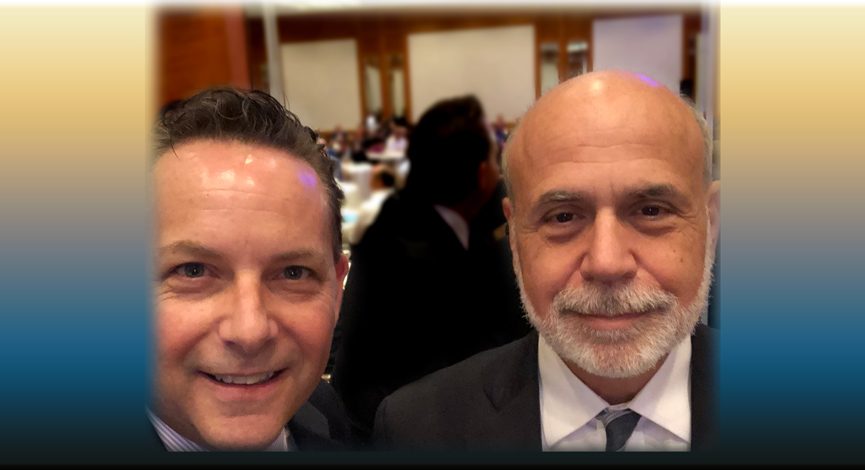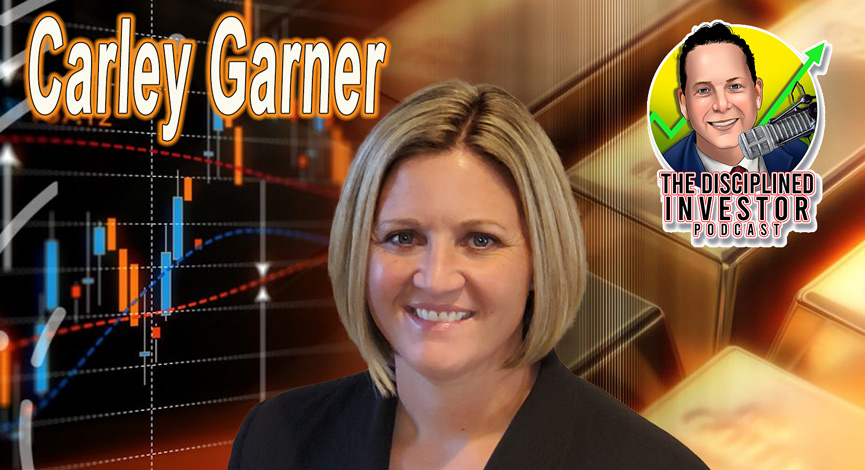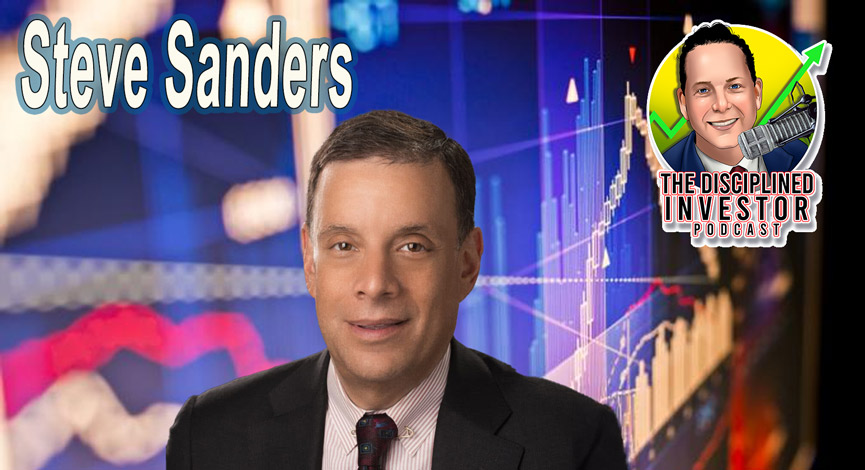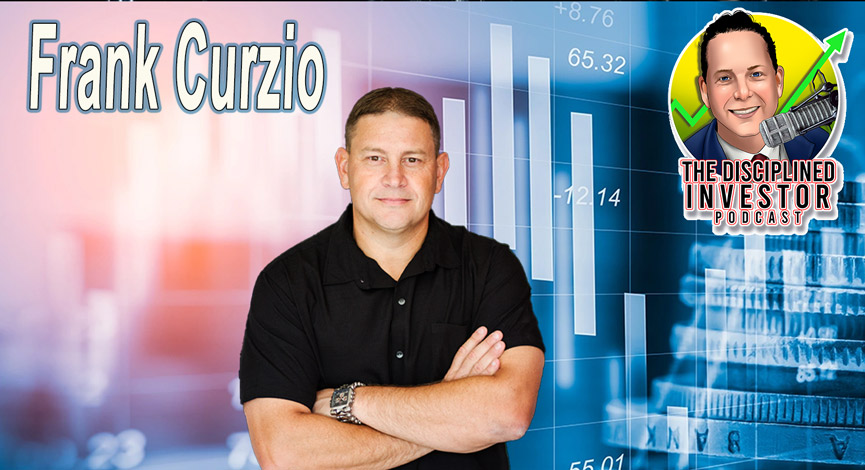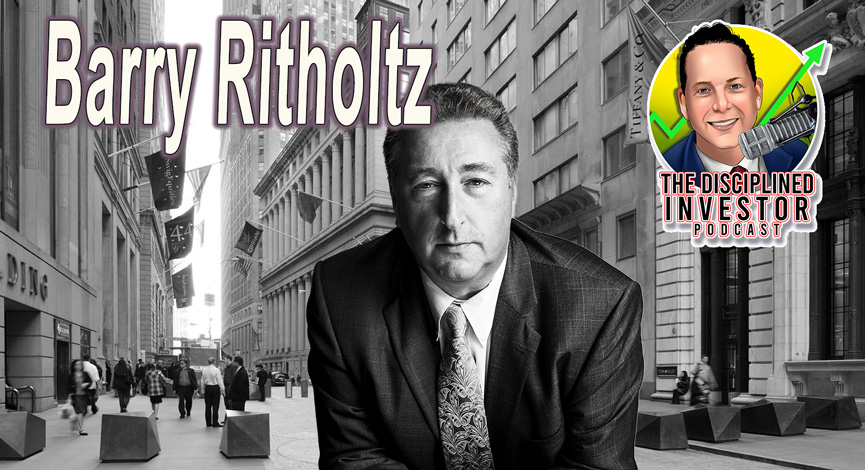We recently had the opportunity to attend a luncheon with Former Federal Reserve Chairman Ben Bernanke. He held positions at the Fed starting in 2002 and was appointed Chairman in 2006. He served two terms as Chairman eventually stepping down in 2014, replaced by Janet Yellen.
During his tenure, he was tasked with the near-impossible job of saving the global economy. History will reflect that under his leadership, new and creative tools were implemented to effectively avert a total global financial crash. At the same time, those tools are still being used in a way that may cause severe problems in the future.
One of the most interesting aspects of the discussion is the stark difference in tone and candidness that he now has. It was refreshing to hear his comments about the global economic condition and a peek into what the Fed may be really thinking through the eyes of a former FOMC participant.
The keynote comments began with an introduction from PIMCO’s Chief Investment Officer. He started us off with a cold blast of reality:
The base case for the economy is that the “new normal” will continue. In other words; low rates, low growth and a general slow slog around the world.
PIMCO has recently updated their outlook and a recession is factored into their base case. This was not part of the equation over the past decade. Even if there is a recession in the cards, PIMCO believes that it will be shallow and more aligned with 2001 rather than what we saw in 2008/2009.
At the present time, asset bubbles are not that excessive in markets – fixed income diversification is key, and PIMCO portfolios are generally outpacing yields versus the Barclays Aggregate Index because they do not see problems with spreads. In other words, they see a healthy backdrop to the bond market.
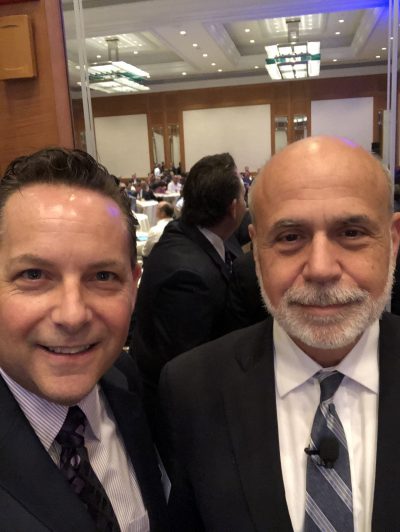
Bernanke’s Comments and Notes:
Mr. Bernanke began his discussion with a bit of a confession. He stated that “macro-economic forecasting is not an exact science” and went on to explain that the Fed was relatively blindsided by the troubles leading up to the financial crisis.
While it was very clear at the time that the Fed was on the wrong path, now we know that they have no crystal ball.
This realization put our ears on notice that anything that he or the Federal Reserve predicts now may not be totally reliable.
Key Takeaways
On the state of the global economy:
- China is the main reason for the global slowdown.
- Evidence of a USA slowdown is starting to show through, but realistically the bond market is the only signal at this point.
- It is surprising that job growth has been so strong.
- Finding it difficult to see where a recession could come from.
He provided some thoughts on what could cause the recovery to end – now exactly at the 10-year mark of the expansion. It is worth noting that this is the longest running expansion since the Civil War.
“Recoveries don’t die of old age – they are murdered”
Economic slowdowns are almost always caused by one of three things:
1) Fed tightening or other intervention.
2) Some type of financial crisis (technology bubble, mortgage crisis, etc…).
3) Geopolitical events that create risk-off behavior and markets drop leading to a slowdown.
At this time, Bernanke believes the most probable cause will be a geopolitical event.
Regarding the Fed and current policy stance:
The pivot from the January meeting to a flat profile and patience is the key driver of market sentiment. Markets are expecting a sharp decline in rates. However, he also explained:
- He believes that multiple rate cuts (i.e. more than one) are overblown.
- A one time “Insurance cut” is not the worst idea that he wouldn’t rule out.
- Economy appears to be slowing to a soft landing.
- Inflation is not an issue.
- It is very premature to do cuts at this time.
- Multiple rate cuts would look as though the Fed was pandering to markets.
- Rate cuts may also look as though the Fed is capitulating to the President’s distaste of Fed policy.
On the yield curve inversion:
- Historically, flat or inverted curve shapes do not cause recessions—rather it is a reflection of sentiment in the bond market.
- However, every recession that has occurred has happened during an inverted yield curve.
- Yield curve inversion is signaling an approximate 40% chance of recession.
Responding to questions about Fed bashing and the “noise” from President Trump:
- Fed independence has been important, and the Fed will do everything they can to be non-political and remain independent.
Psychologically, he believes the current FOMC may lean the opposite way of the President in some situations to show they are independent.
- The rhetoric and Tweets from the President are being used to set the Fed up as the fall guy for anything bad that may happen to the economy in the future.
Commenting on the Fed’s current review of tools and policies:
- It is good that they are doing this now as the economy is in a good place.
- The Fed generally errs on the side of “evolution, not revolution”.
- A review of newly implemented tools such as QE and Forward Guidance will be assessed for effectiveness.
- Believes the Fed will need to provide clarity on when extraordinary tools / measures should be used.
- Negative rates are not likely to be used – at least at this time.
- Controlling the yield curve similar to Japan could be possible.
- Directed refinancing and funding to banks to lend out to the economy is also an option.
Questions:
Should the Fed use a different framework to compensate over- and under-shooting of inflation?
- Inflation averaging may be something to consider. Looking at longer-term time periods to assess the impact on the economy rather than just current levels.
What about those deficits?
- The last few years the worry about deficits are less of an issue as interest rates are so low.
- Some of the fear about deficits are not as concerning as they once were.
Is there a concern about the Eurozone?
- The ECB was slow to use tools – that is why they are still in a tough situation.
- They need fiscal policy assistance, but that is almost impossible for the region.
- Change of ECB leadership is coming and that is a concern but there is a reasonable chance that there will be continuity.
How concerned is the Fed with inflation?
- It is surprising that inflation has not kicked up.
- Employment under 4% with limited inflation is good.
- The neutral interest rate is lower than it has been in the past and that poses a variety of consequences.
- Markets are not confident that the Fed can get inflation moving higher.
What is your GDP/growth outlook?
- 2% growth rate has a lot to do with demographics (old and young).
- Lower interest rates and growth are very tied to demographics.
- Look at Japan as a good comparison and potential outlook.
- Productivity gains could help growth – but many of the things that could push growth are not impactful as initially thought.
- Not seeing much results on growth from technological innovations.
- Many things in the technology revolution are not capital intensive – rather they are capital savings.

